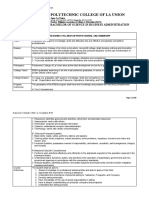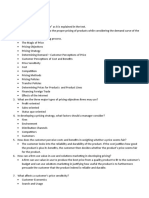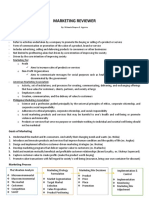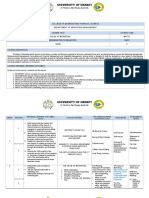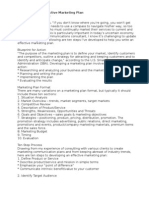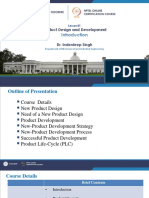0% found this document useful (0 votes)
424 views8 pagesProduct Management - Module 2
The document discusses the role and history of product management. It explains that product management is responsible for planning and marketing a product throughout its lifecycle. The document also outlines how product management interfaces with other organizational functions like research and development, marketing, and top management.
Uploaded by
josephblancedeguzmanCopyright
© © All Rights Reserved
We take content rights seriously. If you suspect this is your content, claim it here.
Available Formats
Download as DOCX, PDF, TXT or read online on Scribd
0% found this document useful (0 votes)
424 views8 pagesProduct Management - Module 2
The document discusses the role and history of product management. It explains that product management is responsible for planning and marketing a product throughout its lifecycle. The document also outlines how product management interfaces with other organizational functions like research and development, marketing, and top management.
Uploaded by
josephblancedeguzmanCopyright
© © All Rights Reserved
We take content rights seriously. If you suspect this is your content, claim it here.
Available Formats
Download as DOCX, PDF, TXT or read online on Scribd
/ 8






